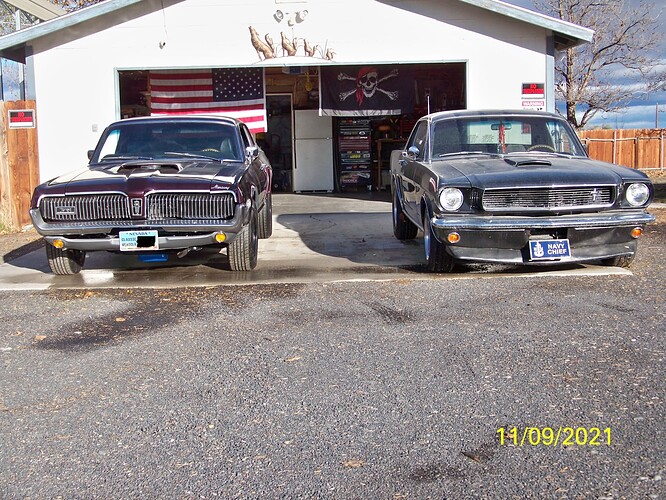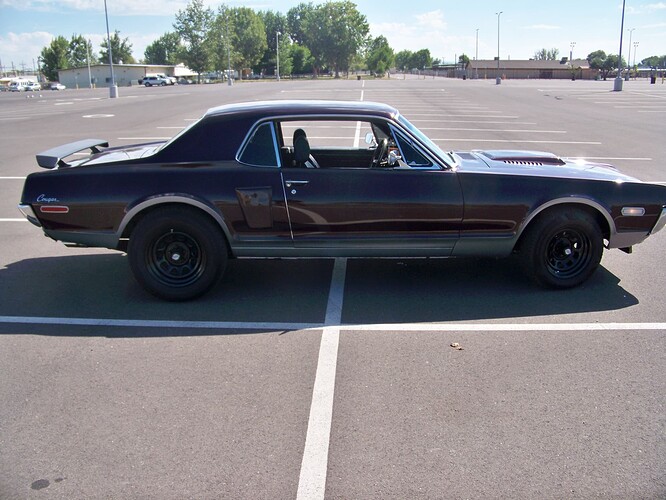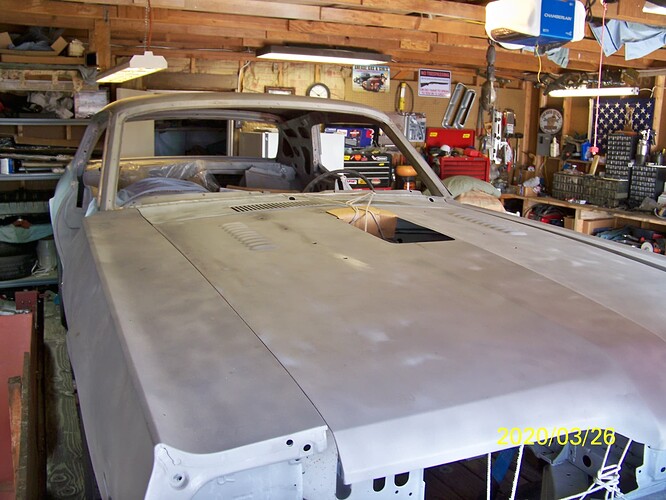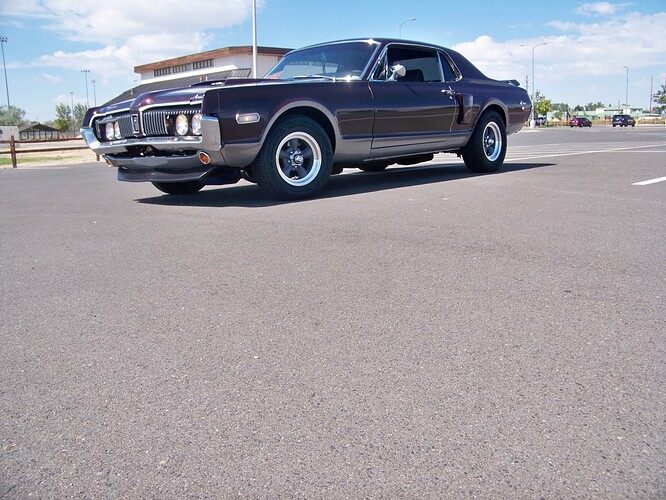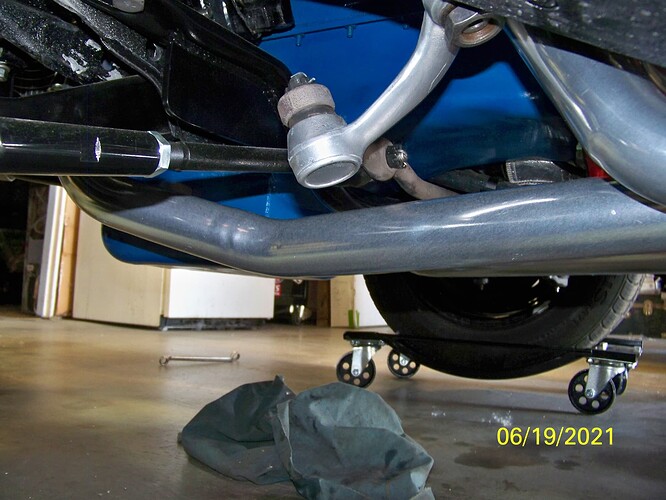You are right I was thinking about Mustang vS Cougar my bad
The wheelbase is the same on all 1967 - 70 Mustangs too.
Royce, Your correct, but some publications show a tenth inch longer wheel base for 1970.
Your problem is obvious. It’s called lift due to the air flowing over the car is moving faster then the air under the car. Just as a plane’s wing is designed to do. You have air pressure getting under the car lifting it up. Lower the front end some and put a front air spoiler on. Look at the front of a NASCAR car. The air dam is designed to not let any air under the car to lift it and get it airborne. Common problem on older cars. Mustangs are even worst. My 66 Stang gets Dancy
at about 130MPH. My Cougar, 140MPH and down hard on the road. All about aero dynamics. Get a brick going fast enough and it to will fly. Another thing is to take the rear gasket out from under the rear of the hood. Let’s air pressure out. My hood also has louvers to help. They get rid of heat and air pressure under the hood. Springs support the car’s weight. Shocks control the springs. Alignment is about steering and vehicle control straight, on turns, stopping/starting off. I use a rear wing angled front lip down to force air over it. This actually gives you a little down force and reduces the air drag on the rear of the body.
Definitely true at 130 mph, not as much at highway speeds. But I agree and can feel aerodynamic lift coming into play on my 1970 vert at 75-80 mph. Modern cars are much more slippery to air flow underneath than our Cougars.
thats the best explanation . thank you . so its like the affect of an aircraft wing ? do you think a belly pan would , or would it worsen the affect by trapping the air under the hood . i see you have an air dam on yours , does it help or is it purely decoration ?
A belly pan would smooth the air under it, but for the price and trouble to design/mount it, not worth it IMO. Now for mine that I set up for the “Silver State Classic” race in the 135MPH category, yes it would help greatly. It would also give your car more lift, that you don’t want, unless other aero parts compensated for it. I drove mine with and without the air dam. Both the Cougar and the Stang. I could feel the difference above 60MPH. Just as adjusting the rear wing, I can feel the difference. If I angled it like a plane’s “flaps”, it caused a lift effect in the back, I don’t want. My air
dam works like designed (by the way, it’s a 69 Camero piece, don’t tell anyone. I didn’t like the 68 ones they offered). I would lower the front end even more, but it would kill, my already limited header clearance.
Another trick I did, (Shelby one) was to enclose the lower control arm, less flex. It strengthens it and actually helps aerodynamically.
Because I liked the look, I put leaf spring shackles on my 69 to raise the rear end 4 inches. While I never felt like my front end was floating before, after installing the shackles, the steering definitely felt tighter and more grounded.
I have owned two 1969 Cougars, one with the 351-W and one with the 428 ( “big block” ). They both had factory suspension components, or parts that were replaced over the years ( only ) with Ford service parts. The difference in regards to the term “floating” was like night and day. The 351 did indeed tend to “float” at higher speeds ( but not in what I would term a dangerous fashion), wheres the big block stayed firmly planted on the road, like the proverbial ‘pancake’. In fact the big block had been through three sets of ball joints ( and two idler arms ) in the time that the 351 was still on the original factory set, and both had approximately the same mileage - which I attribute to the extra weight in the front end due to the larger engine. The weight of a 351 engine would be in the range of 500 pounds whereas the big block would have been another 125 pounds heavier. That made all the difference.
